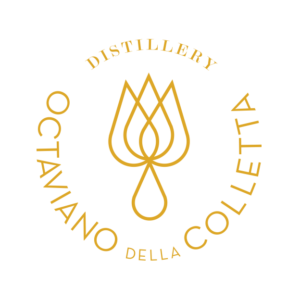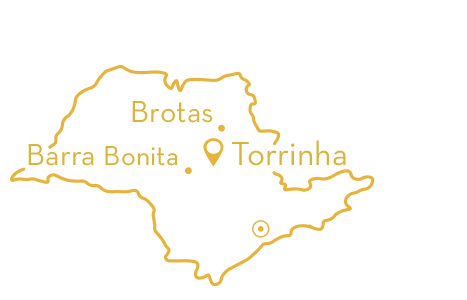Love stories are always inspiring. So imagine one of a man who had two passions throughout his life: the first, the woman who was always by his side. The second, the art of making cachaça.
The Octaviano Della Colletta Distillery was created to honor a passionate man. And there could be no better way to tell this story than through the flavors of his favorite drink. The preparation method has been improved, modern equipment has been imported, but the care with every detail of the process, which Mr. Octaviano valued, remains the same.











